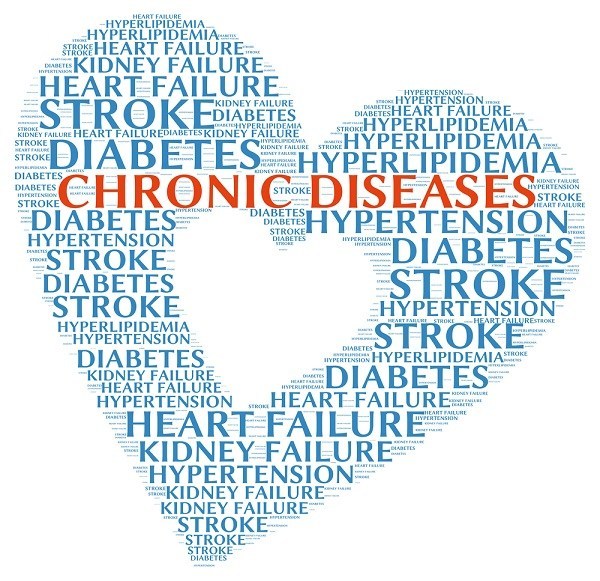Scientists have known for some time that the APOE4 gene is a risk factor for Alzheimer’s disease. A new study helps to explain why, by showing that the variant has an association with damage to the blood-brain barrier.
APOE4 is the leading genetic risk factor for Alzheimer’s disease. Almost one-quarter of people have one copy of the gene, which increases the risk of developing Alzheimer’s disease by up to four times.
In rarer cases, approximately 2–3% of the population, people carry two copies of the gene, which increases the risk of developing the disease by up to 15 times.
People who carry the variant, whether they have one copy or both, also develop the disease earlier than those who do not.
Although APOE4 is clearly important in the onset of many cases of Alzheimer’s disease, precisely how the genetic variant increases risk has been unclear.
Scientists from the University of Southern California (USC) have now shown a link between APOE4 and damage to the blood-brain barrier, the key structure that protects the brain from toxic substances.
The findings, which could aid the development of personalized treatment strategies for Alzheimer’s disease, appear in Nature.
APOE4 and the blood-brain barrier
This latest study focused on the blood-brain barrier, the protective border of cells separating the blood from the brain. Previous research from the group had shown that people who develop problems with their memory early on also had damage to this structure.
Their research has also shown that people with the APOE4 variant who go on to develop Alzheimer’s disease have a leaky blood-brain barrier, even before doctors can see any changes to cognition.
To investigate the connection between APOE4 and the blood-brain barrier in more detail, the team behind this study used a specialized form of MRI. They looked at the blood-brain barrier of people with mild cognitive impairment — which can be a precursor to Alzheimer’s disease — and those with normal cognitive function, both with and without APOE4.
They found that people who carried the APOE4 variant had a leaky blood-brain barrier in parts of the brain that are critical for memory function, including the hippocampus, even if they were cognitively healthy at the time of the scan.
Those who were experiencing cognitive decline had even worse damage to their blood-brain barrier.
Changes link with cognitive decline
To understand what was causing the leakage in the blood-brain barrier, the researchers looked for damage to a particular cell type — the pericytes — which wrap around blood vessels in the brain to form the critical barrier.
Using a biomarker of pericyte injury, they found higher levels of damage in APOE4 carriers. What is more, the researchers associated levels of the biomarker with both blood-brain barrier damage and cognitive decline.
“Severe damage to vascular cells called pericytes was linked to more severe cognitive problems in APOE4 carriers,” explains senior author Prof. Berislav Zlokovic, director of the Zilkha Neurogenetic Institute at USC.
Further experiments showed that the damage also correlated with levels of a protein that causes inflammation called cyclophilin A, which is known to be an early sign of Alzheimer’s disease.
Thus, the team was able to put together a hypothesis for how APOE4 causes damage to the blood-brain barrier, potentially leading to the onset of Alzheimer’s disease.
“APOE4 seems to speed up the breakdown of the blood-brain barrier by activating an inflammatory pathway in blood vessels, which is associated with pericyte injury,” says Prof. Zlokovic.
powered by Rubicon Project
Treating the damage
Some parts of the theory need fleshing out, for example, how damage to the blood-brain barrier causes the symptoms of Alzheimer’s disease. Nevertheless, these findings are a step forward in our understanding of how APOE4 shapes Alzheimer’s disease risk.
Future work will be necessary to better understand the genetic risk factors for the disease and, potentially, developing personalized treatments.
Experiments in mice have already shown that blocking the inflammatory process that APOE4 triggers can restore the blood-brain barrier and improve neuronal function, raising hope that doctors could use similar treatments for Alzheimer’s.











